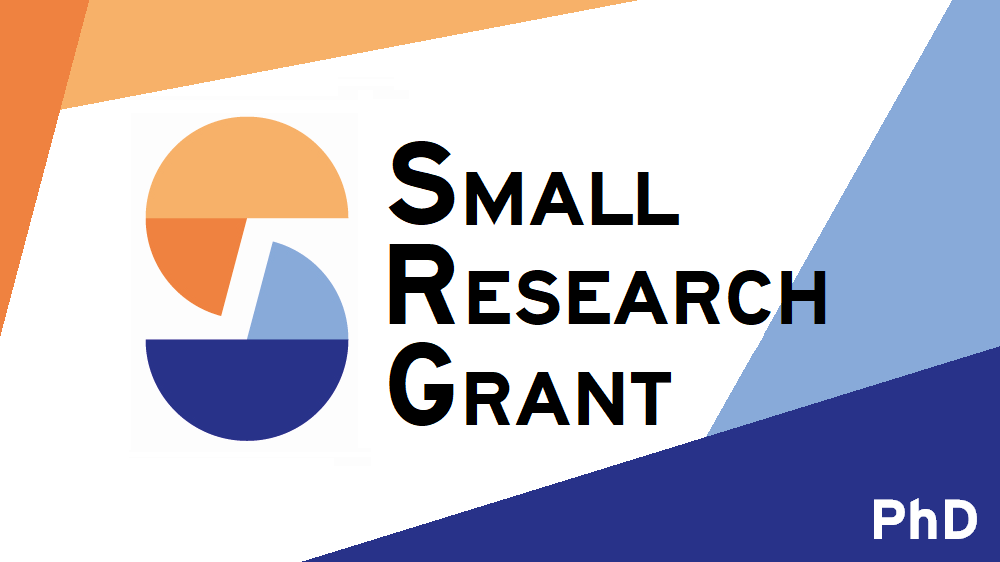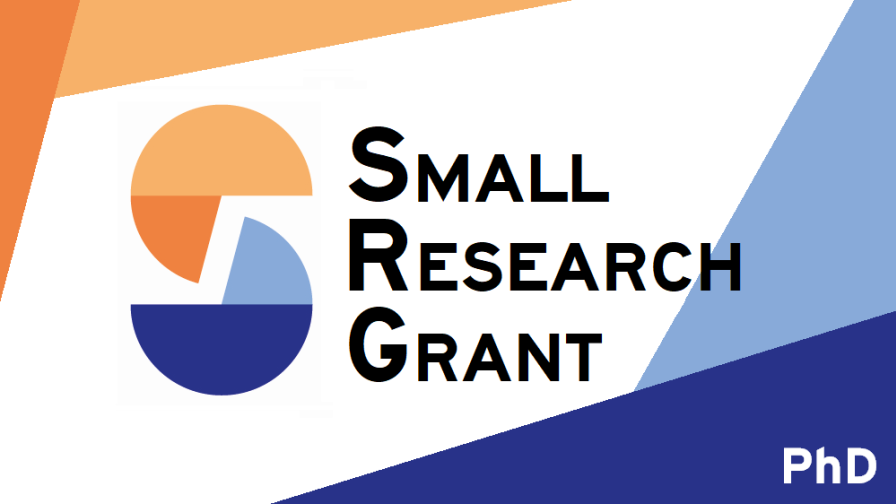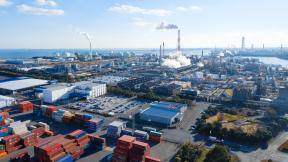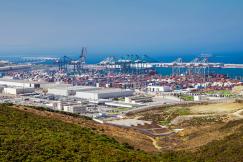Climate change has become an increasingly important and pressing issue. Greenhouse Gas(GHG) emissions are the main contributing factor to global warming, which leads to well-established adverse effects on economic growth, especially in poor countries (Dell et al.2012). However, little is known about how global emissions affect the process of structural transformation and cross-country productivity differences. Also lesser known is how different sectors (i.e.: agriculture, manufacturing, services) contribute to and are affected by emissions. It is important to understand this two-way interaction, as each sector emits at different intensities, but the impact of rising temperature may not be uniform across sectors. This project adopts a multi-sector and global perspective to study the impact of global warming on aggregate productivity and structural transformation. The research questions are: (i) how do emissions interact with multiple sectors (i.e.: agriculture, manufacturing, services)? (ii) What are the implications of such interactions for structural transformation, aggregate productivity, and cross-country productivity differences? As climate change is a global phenomenon, the study considers both large emitters (China, India, Europe, United States), as well as Sub-Saharan Africa, Latin America, and the Middle East and North Africa.
The study's first contribution is to combine a variety of cross-country datasets on emissions and sectoral economic activities and document three main facts. The study documents that: (i) services produce the highest share of emissions, but agriculture and manufacturing have higher emissions relative to their sectoral shares, (ii) the effect of temperature on output is state-dependent on average historical temperature. The effect on agriculture is negative (positive) in hot (cold) countries, but there is no signification effect on non-agriculture, and (iii) emissions per capita fall with agriculture employment share, but rise with manufacturing and services employment shares. For data on GHG emissions, the study uses Greenhouse Gas Emissions by Sector (Ritchie et al. (2020)). The authors calculate GHG emissions by sector from data originally published by Climate Watch and the World Resources Institute. For data on temperature, the International Monetary Fund (2023) provides indicators of temperature change for 227 countries from 1961 to 2021. The indicator is the annual surface temperature change relative to the country-specific average temperature between 1951 and 1980 as a baseline. For sectoral share, the study uses data from World Development Indicators to extract sectoral employment and value-added share (in constant 2015 USD) from 1991-2018. To further separate energy (mining and utilities) from the rest of the manufacturing sector, the study uses the Economic Transformation Database (ETD) and the EU KLEMS. The second contribution is to calibrate a multi-sector model with emissions and the adverse impact of global warming on sectoral productivity.
To better understand the mechanisms through which emissions affect structural transformation and aggregate labour productivity through the lens of the model, the study analytically shows (under special parametric assumptions) that emissions tend to hinder the reallocation from agriculture to non-agriculture in countries with initially high mean temperatures. As agriculture productivity is typically lower than non-agriculture, emissions tend to reduce aggregate labour productivity. The study then compares the competitive equilibrium with the solution of the social planner to highlight two sources of inefficiency: cross-country spillovers (that one country's emissions may lower productivity in other countries), and intersectoral spillovers (that emissions produced from non-agriculture adversely affect agriculture). This research is valuable to policymakers because it underscores the potential long-term economic impacts of emissions on productivity across sectors. Specifically, for SSA countries with large agricultural sector share and high baseline temperatures, emissions pose a barrier to productivity-enhancing labour reallocation. Understanding these dynamics helps policymakers design targeted interventions that encourage green technology adoption, incentivise shifts toward non-agricultural sectors, and mitigate emissions in ways that support sustainable economic growth. This research can inform policies aimed at balancing economic growth with emissions reduction, fostering labour mobility, and prioritising investments in renewable energy within non-agricultural sectors.




























































